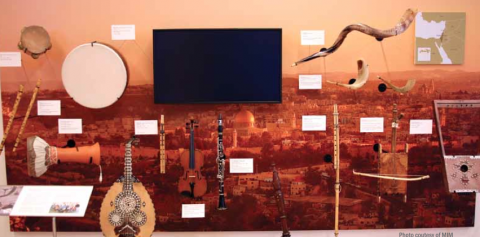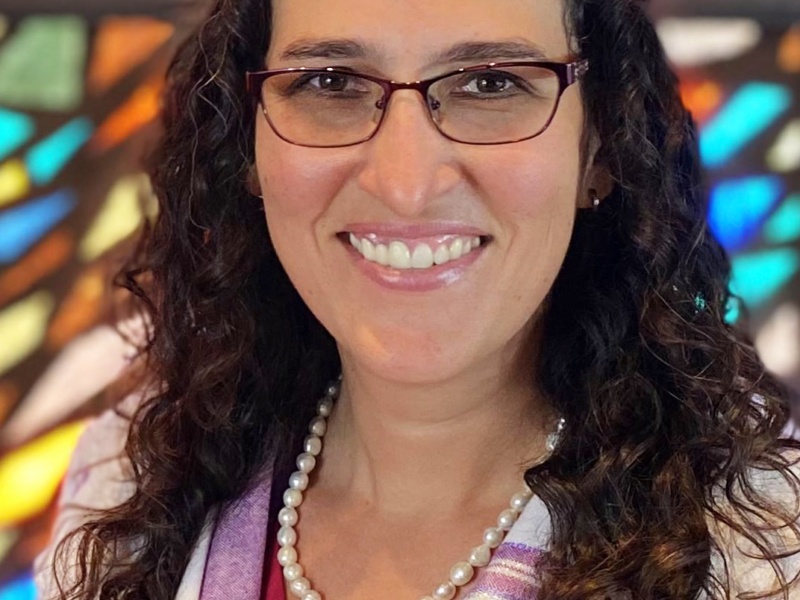Just four years after being founded, Phoenix’s Musical Instrument Museum already has garnered recognition from two national travel resources. USA Today Travel named MIM the fourth best museum for families, and TripAdvisor tagged MIM as its top Phoenix attraction. But the reason I want to add MIM to my itinerary is the curators’ enthusiastic description of the exhibits and the visitors’ reactions.
“The experience people have here is pretty indescribable,” says European Gallery Curator Kathleen Weins. “The smiles they have on their faces … This is a phenomenal place.”
U.S. and Canada Gallery Curator Cullen Strawn concurs: “Video is a huge part of our presentation. In the klezmer exhibit the musical selections grab people and make them feel something.”
MIM opened April 24, 2010, with instruments from more than 200 countries, as well as musical genre exhibits such as klezmer, jazz and native music. State-of-the-art audiovisual technology allows visitors to see and hear instruments played in their cultural settings. Visitors can play instruments from around the world in the Experience Gallery and view instruments from musical icons such as John Lennon, Taylor Swift, Elvis Presley and Carlos Santana in MIM’s Artist Gallery. MIM also features a 300-seat theater where it presents nearly 200 concerts annually. Classes and programs for kids are regular features of MIM.
“MIM is a global music museum,” says Weins. “We try to represent almost every country in the world.”
A 2012 UCLA graduate with a doctorate in ethnomusicology, Weins joined the MIM staff six months ago. Her dissertation was on two Jewish musicians from the Serbian capital of Belgrade, and she says she hopes to use her knowledge of Jewish music to expand its visual presence in the European gallery. She says the Jewish musicians are well integrated into Europe’s music history.
“Everywhere you look (in Europe), Jewish musicians would be participants. Jewish musicians have been fundamental in the conservatories of St. Petersburg and Moscow for a couple centuries.”
One exhibit in the European gallery focuses specifically on Jewish history. Weins says the exhibit on Jewish Music 1939-45 addresses a sensitive topic simply and effectively. That exhibit has three themes, two of which deal with “the absence of musical instruments.”
“We know objects and art were stolen from Jewish families,” she says. “I represent stolen Jewish instruments with an empty violin case and inside a reproduction of a stolen instrument certificate.
“The second theme tells another story of the absence of musical instruments through destruction. This was a story I wanted to tell,” she says. She contacted Beit Hatfutsot in Tel Aviv and was given two pieces of scorched metal that had been part of the organ in Berlin’s Neu Synagogue, which was destroyed by pogroms and bombings. “These scorched items tell a powerful story without a lot of text.”
A third theme in the exhibit involves the musicians who felt playing saved their lives when they were sent to Nazi concentration camps. “We have a violin from a gentleman who felt playing saved his life in Birkenau. … A pianist felt her playing saved her and her son in Theresienstadt.”
While most of MIM’s exhibits are uplifting and fun, Weins says she thinks of the 1939-45 display as “an educational moment … thought-provoking moment.”
In the U.S. and Canada Gallery, the musical fun rings true in the klezmer exhibit, which is presented as an example of immigrant music.
“Through the (migration) gallery we show examples of music that originated elsewhere and traveled to the United States and blended and morphed into something else,” says Strawn, who thinks the popularity of the klezmer exhibit is the combination of the immigrant story and “because the music is so good.”
The evolution of klezmer music in America is a continuation of klezmer’s roots in Europe, explains Strawn. “Early klezmer in Europe was taking the kernel of Jewish music and mixing with other musical styles. … Klezmer has always been open to incorporating surrounding musical styles.”
Strawn says that in the United States, that mixing included adding the louder brass instruments to the softer stringed instruments. He says that evolution can be heard in two recordings in the exhibit: a great film clip of pre-Jazz influenced klezmer featuring the Epstein Brothers playing “Freylich,” and Ziggy Elman and his orchestra bringing the big band sound to the traditional tune “Bublitchki.”
From klezmer to African rhythms, visitors of all ages can tap their toes and move to the beat of sounds from around the globe at MIM!





